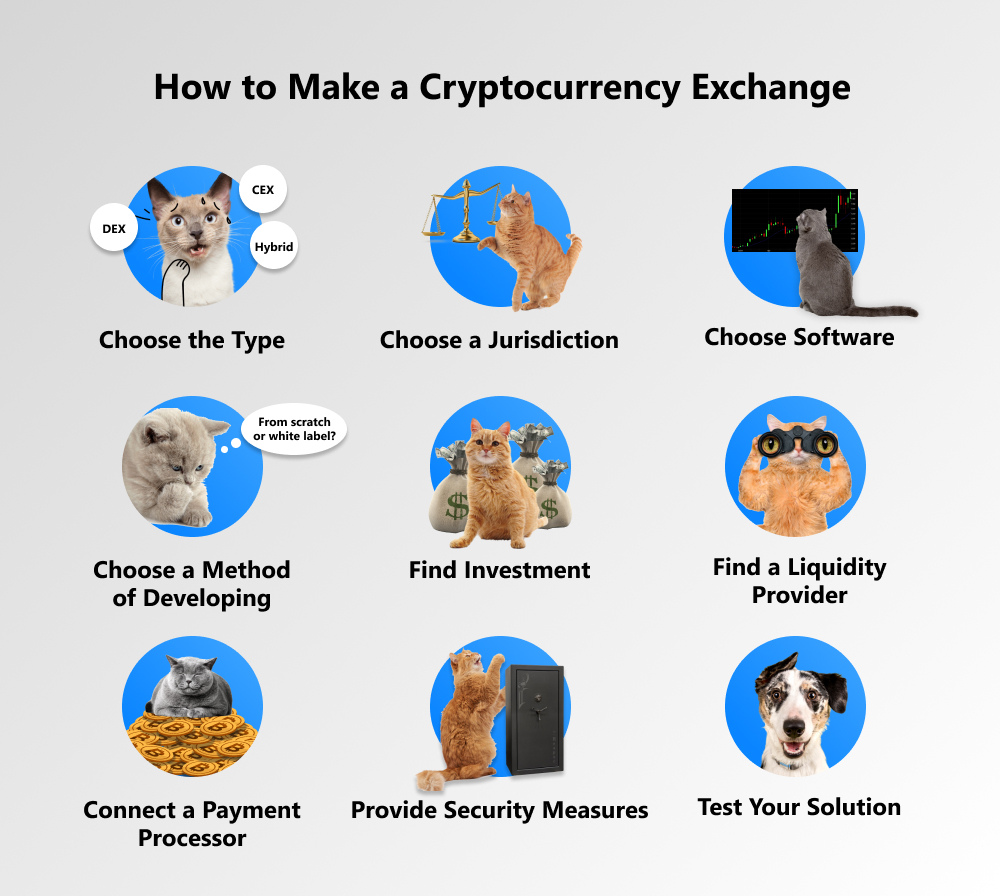Introduction
Welcome to the world of software development, where iterative and incremental development processes are widely adopted to ensure successful project outcomes. Iteration, or the process of repeating a set of activities, plays a crucial role in the development cycle. It allows for feedback, adaptation, and continuous improvements. However, not all iteration patterns are created equal. Some patterns can inhibit progress and hinder the effectiveness of the development process.
In this article, we will explore two common anti-patterns that can arise during the iterative development process for software projects. These anti-patterns, known as the “Big Bang” approach and the lack of user involvement, can have detrimental effects on the project’s success, leading to inefficiencies, delays, and unsatisfied stakeholders.
Understanding these anti-patterns is vital for developers, project managers, and stakeholders alike, as it enables them to identify potential pitfalls and take proactive steps to mitigate their impact. By highlighting these anti-patterns, we aim to foster a culture of awareness and continuous improvement in software development projects.
Now, let’s delve into the first anti-pattern: the “Big Bang” approach.
Anti-Pattern 1: The “Big Bang” Approach
The “Big Bang” approach refers to a misguided implementation strategy that aims to deliver a fully functional product in one giant release, without any intermediate iterations or incremental improvements.
This approach often stems from a desire to meet aggressive deadlines or an assumption that stakeholders want the final product immediately. However, adopting the “Big Bang” approach can lead to several negative consequences.
Firstly, by delaying any feedback or user validation until the final release, the project team misses out on important opportunities to course-correct and make improvements along the way. Without user involvement and feedback throughout the development process, the risk of building a product that does not meet user expectations increases significantly.
Secondly, the “Big Bang” approach can put immense pressure on the development team to deliver a fully functional product within a fixed timeframe. This pressure often leads to a rushed and subpar implementation, sacrificing quality and stability. Bugs and issues are more likely to surface in such a scenario, resulting in a poor user experience and negative reviews.
Furthermore, the lack of iterative releases with incremental improvements can hinder the project’s ability to adapt to changing requirements and market conditions. By the time the final product is released, it may already be outdated or misaligned with user needs and market trends.
In scenarios where the “Big Bang” approach is imposed by external factors, such as limited resources or strict project timelines, it is crucial for the development team to advocate for a more iterative and incremental approach. Explaining the value of user feedback and the benefits of adapting the product gradually can help stakeholders understand the potential risks and consequences of the “Big Bang” approach.
By avoiding the “Big Bang” approach, development teams can embrace a more flexible and user-centered mindset. They can leverage iterative releases to gather valuable insights, validate assumptions, and continuously improve the product in line with user expectations. Embracing small, frequent releases allows for better risk management, faster response to market changes, and ultimately, higher customer satisfaction.
Anti-Pattern 2: Lack of User Involvement
In any software development project, user involvement is vital for ensuring the success and relevance of the final product. However, the lack of user involvement is a common anti-pattern that can have significant negative effects on the development process and the overall product outcome.
When users are not actively involved throughout the iterative development cycle, several problems can arise.
Firstly, without user input and feedback, it becomes challenging to accurately understand and prioritize user requirements. The development team may make assumptions about user needs and preferences, leading to a misalignment between the product and user expectations. This can result in wasted effort and resources, as well as a product that fails to meet the intended goals.
Secondly, without continuous user involvement, it becomes difficult to validate design decisions and make necessary adjustments early on. User feedback helps identify usability issues, uncover potential improvements, and shape the product in a way that maximizes user satisfaction. Without this feedback loop, the product may fall short in terms of usability, functionality, and overall user experience.
Furthermore, lack of user involvement can lead to a disconnect between the development team and the end-users. Developers may prioritize technical considerations and overlook user-centric aspects, leading to a product that might be technically sound but lacks the usability and features that users actually need.
To overcome this anti-pattern, it is crucial to establish clear channels of communication and collaboration with the intended users. This can be achieved through various methods, such as user interviews, surveys, usability testing, and user acceptance sessions. By actively involving users in the development process, their needs and preferences can inform key decisions and guide the iteration cycles.
Moreover, fostering a user-centered mindset within the development team is crucial. Encouraging empathy towards end-users and emphasizing the importance of their feedback throughout the development cycle can help create a culture that values user involvement.
By actively involving users in the development process, development teams can ensure that the final product meets user expectations, delivers value, and satisfies their needs. This, ultimately, leads to higher user satisfaction, increased adoption rates, and a product that truly meets the intended objectives.
Conclusion
Iterative development is a fundamental practice in software development, allowing for feedback, adaptation, and continuous improvement. However, there are certain anti-patterns that can hinder the effectiveness of the iterative process and pose risks to the success of software projects.
In this article, we explored two common anti-patterns: the “Big Bang” approach and the lack of user involvement. The “Big Bang” approach, which focuses on delivering a fully functional product in one release, can lead to missed opportunities for feedback, rushed implementations, and difficulties in adapting to evolving requirements and market conditions.
On the other hand, the lack of user involvement can result in misaligned requirements, usability issues, and a product that fails to meet user expectations. User feedback and collaboration are crucial for validating assumptions, identifying usability problems, and ensuring a product that truly caters to the needs of the users.
To overcome these anti-patterns, it is essential to embrace a more iterative and user-centric mindset. This involves advocating for incremental releases, gathering user feedback throughout the development process, and prioritizing user involvement through various methods such as interviews, surveys, and usability testing.
By addressing these anti-patterns, development teams can enhance the overall success of software projects. They can build products that not only meet user expectations but also adapt to changing conditions and deliver continuous value. Ultimately, by prioritizing iterative development practices and user involvement, software development projects can achieve better outcomes, satisfied stakeholders, and increased user satisfaction.

























